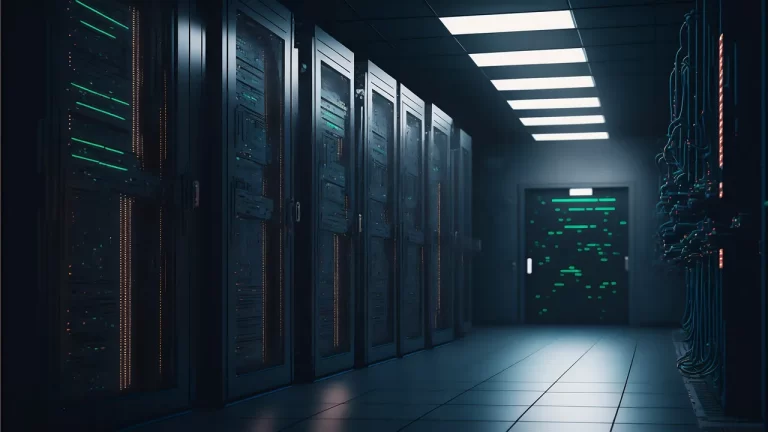As AI drives unprecedented data center growth, Moody’s warns of overbuilding risks and infrastructure challenges in the race to gigawatt-scale facilities.
There is no shortage of large-scale data center buildouts planned for 2025, but the pace and scale might leave some reason for concern.
In 2024, Moody’s Ratings detailed the rapid expansion of data center construction. According to a new sector study by the financial services giant, this growth continues in 2025, but the accelerating investment comes with significant credit risks.
The report, released May 5, highlights how AI’s evolution is reshaping the data center landscape while raising concerns about potential overbuilding, technical obsolescence, and disruptions from trade tensions.
Key findings from the Moody’s report include:
AI data centers are increasingly being built as massive campus-style “AI factories” with 1-5 GW of power capacity.
Data center rack density has doubled since 2016, with new AI installations exceeding 200 kW per rack.
Hyperscalers are continually adjusting capacity plans to match uncertain future computing needs.
Capital investments required for AI computing represent significantly higher financial risks than previous tech cycles.
Rising trade tensions and tariffs will disrupt supply chains and increase costs, potentially delaying new projects.
Data Centers Are Now an Infrastructure Asset Class
Data centers have evolved from being viewed primarily as real estate assets to sitting firmly in the critical infrastructure category, attracting significant investment.
This evolution comes with dramatic increases in project scale – a trend that’s accelerating faster than many anticipated.
This evolution comes with dramatic increases in project scale – a trend that’s accelerating faster than many anticipated.
John Medina, Moody’s senior vice president, told Data Center Knowledge that data center scale has evolved dramatically, with 100 MW facilities once considered large now giving way to gigawatt-scale projects.
“What was hyperscale five years ago? It’s very different from two years ago,” Medina said.
The report also highlights how data center densities have increased significantly, with average rack density rising to about 12 kW in 2024 from 6 kW in 2016. Hyperscale facilities now range from 40-60 kW per rack, while AI data centers are likely exceeding 200 kW.
AI Factories: Remote Locations, Gigawatt Scale
The Moody’s report highlights several massive AI data center projects, including the 5.6 GW Wonder Valley project in Alberta, Meta’s 2 GW campus in Louisiana, and OpenAI’s Stargate AI joint venture.
This shift toward remote, power-rich locations represents a strategic bifurcation in the industry.
These AI factories are changing fundamental assumptions about data center development, though the report notes that cloud infrast cloud infrastructure still dominates existing capacity.
Power Constraints Reshaping Site Selection
Power is a large concern overall for data center buildouts, especially as AI drives power demands higher than ever before.
At this year’s Data Center World event, AFCOM program chair Bill Kleyman pointedly stated that the number one constraint for AI data centers is power.
This challenge is echoed in the Moody’s report, which identifies power availability as a key constraint for data center growth beyond 2028.
“One could say the entire world doesn’t have enough power for what they [AI data centers] need,” Medina said. “The issue is when you can get that power.”
That reality is leading to data center developers and hyperscalers working directly with utilities. There are also situations where new power generation gas plants are being built on-site with data centers.
There are also situations like Homer City, where a former coal power plant is being repurposed to meet the power generation needs of AI data centers.
Another area where data centers can expand is to locations where there is “stranded gas” – that is, natural gas that isn’t currently being used.
Evolving Financial Models to Manage Risk
With AI data centers requiring unprecedented capital investments, financial structures are evolving to distribute risk, with pre-leasing becoming standard practice.
“I think that’s the difference between now versus the dot-com boom,” Medina explained. “Now people are not comfortable putting in billions, not knowing if they are going to have a tenant.”
Larger developers are increasingly using partnerships to share exposure.
“I think now what we’ve seen for hyperscale, pretty much, like 90 plus percent, is pre-leased, and the same thing for the AI campuses,” Medina said. “We would expect most of them to have pre-leasing, but not all of them. It’s also why you’re seeing them being built in phases.







